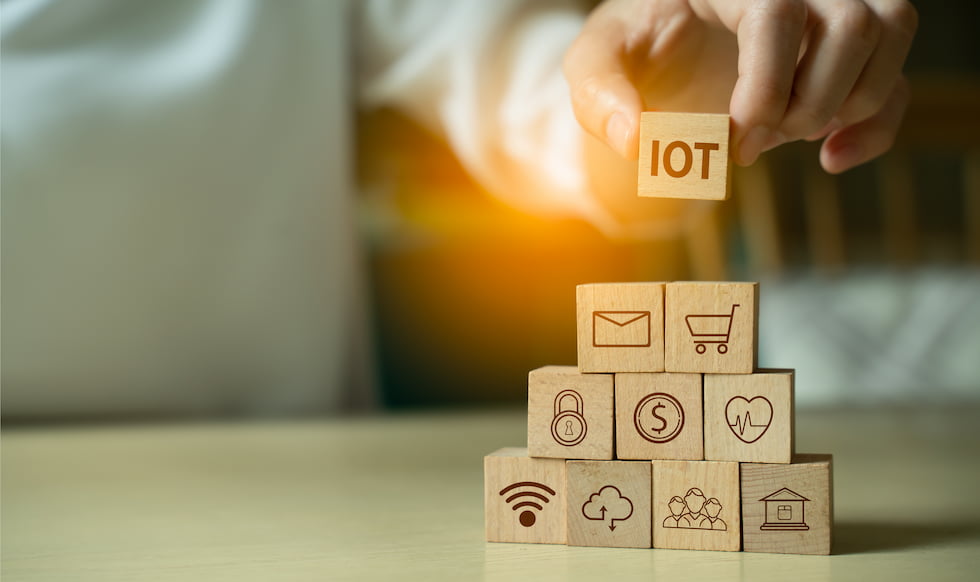
Understanding the basics of the internet of things (IoT) can help users better apply the technology to their application. Users can also learn how to deploy IoT to make improvements in monitoring, maintenance or automation.
The IoT has matured into a set of common technologies and deployment strategies. Most often IoT is defined as a network of physical objects—“things”—that are embedded with sensors, software, and other technologies for the purpose of connecting and exchanging data with other devices and systems over the internet.
.jpg data-align=)
IoT, by definition, always includes a connection to the internet and in most cases a cloud-based application captures, analyzes, and displays the operating conditions of physical assets. Data from sensors is transmitted to the cloud for storage, analysis, and visualization. IoT solutions are commonly used to predict mechanical failures of physical assets in industrial or commercial environments. By connecting to the internet, IoT solutions are able to leverage vast computing resources that would not normally be available to on-site sensors. At a high level, the fundamental building blocks of most IoT systems include:
- Sensor: One or more sensors are used to gather information from equipment, physical assets, processes or activities that are of interest. Sensors can include basic temperature, pressure, flow, voltage, vibration, and frequency (although more sophisticated sensors such as optical, navigational, or inertial are often utilized). In the above example, a pressure sensor is reading a value of 40 pounds per square inch (psi).
- Electronic Conversion: An analog to digital converter (ADC) on a printed circuit board (PCB) translates information from the pressure sensor into a format which can be digitally transmitted. Without diving into the details, in this example the pressure sensor has a signal output of 4 volts which the ADC recognizes as the integer number 40, which corresponds to a value of 40 psi, which is then represented in binary form as 101000 (machine language).
- Transmission: The binary value captured from the sensor is encrypted for security reasons (or should be) and is sent from the on-site computer network via the Internet to a remote cloud computer or data center. Data transmission most often takes place at regular time intervals based on the application needs, or sometimes only when there is a significant change in the sensor’s value.
- Data Storage: After reaching its final destination, the sensor value is typically stored in a computer database that can easily serve other systems (hence the name “server”). From here there are vast opportunities to implement data security, retention, redundancy, reliability, and user access policies.
- Web Visualization: For humans to visualize the sensor information, typically a user interface (UI) is built on top of the database to display the sensor data in a chart or report. Often these user interfaces are built using a programming language called hypertext markup language (HTML) and are viewed in a web browser or via a companion mobile app. Since this information is now accessible remotely via the Internet, an unlimited number of creative applications can be created anywhere in the world. Operating at nearly “real-time” across vast distances, the visualization of sensor data for the masses is an incredible benefit enabled by IoT.
In this back-to-basics example, the building blocks described are fundamental to most IoT solutions. However in practice, there are limitless opportunities for customization to meet the needs of specific applications. Gateways, machine learning, digital twins, cloud solutions, and more are some of the many IoT related topics that can be explored further.

